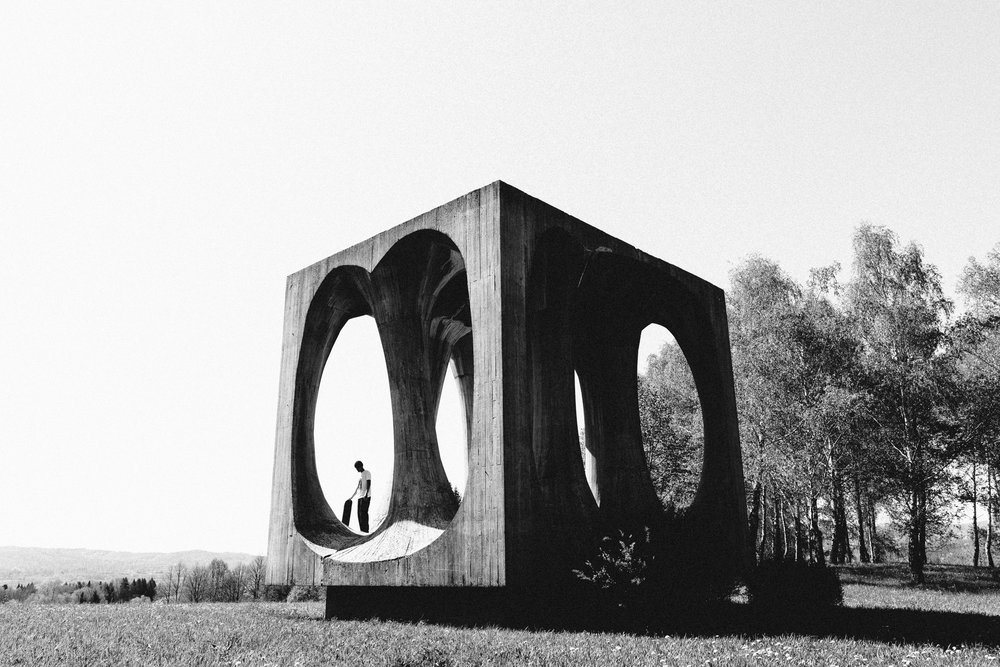
Ilirska Bistrica, Slovenia. Photo: Pierre David.
Spomeniks.
The name alone makes you want to know more.
The general meaning of ‘Spomenik’ is ‘monument’ in Serbo-Croatian/Slovenian, but this word is more commonly used to qualify a specific series of structures located all over the Balkans.
The first time I found out about them was around 3 years ago. I was browsing the net and landed on a photo-series by Belgium photographer, Jan Kempenaers. The photographs featured huge, abstract, angular sculptures, most of them made of concrete, steel or granite. These spaceship-looking structures were all standing still in the middle of deserted areas: empty fields, forests or perfectly centred in the middle of valleys. No background information was given about them, which added to their mysterious appearance. It left me deeply fascinated, letting the door open to an infinity of questions:
What are they? Who built them, and how? What do they truly represent? Why are they located in such places? Are they connected in some way?
And that’s when the joys of the World Wide Web came into play, and put a divine tool named “Spomenik Database” at my fingertips. The website, founded by Donald Niebyl, was a veritable mine of information that enabled me to discover that behind their profoundly deep beauty, these monuments were of crucial historical importance.
First, Spomeniks represent different things for different people.
But the main thing to understand is that on top of being symbols of remembrance to some of the most brutal events of the People’s Liberation War (read WWII), they also represent Yugoslavia’s wish of constructing a powerful, diverse, yet united nation that came out of the war defeating fascism. After taking the lead of the resistance against the Axis forces during the war, Josip Broz Tito took power and started his plan of creating a new state, the Socialist Federal Republic of Yugoslavia. This progressive country would be based on equality and peace brought about by the inexistence of social classes, and the unification of the 6 republics of the Balkans (Bosnia and Herzegovina, Croatia, Macedonia, Montenegro, Serbia and Slovenia) in order to avoid the power clashes of the past. The Spomenik project was supposed to express the vision of this ambitious plan, and Tito therefore commissioned the construction of hundreds of these monuments all over the land of the newly founded country. They would be symbols of a united Yugoslavia, and it is important to note that the local population assisted in the construction, both financially and physically, with local councils and war veteran groups getting involved in order to defend their anti-fascist heritage.
That’s where their style comes into play.

Monument to the Revolution of the People of Moslavina, Podgarić, Croatia. Photo: Pierre David.
Most Spomeniks contrast heavily with the typical realist and heroic war memorials built at the time all over the USSR. The challenge Tito was facing was to create a country inhabited by both war’s victims and the perpetrators of the crimes, hence the sculptures needing to be strong but neutral enough to be acceptable by both parties. Using geometrical abstraction and hidden symbolism was Tito’s way to reach this challenge, and at the same time show the country’s clear separation to the USSR.
But whilst Spomeniks were seen by most people as symbols of remembrance and optimism, others saw them as objects of anger. At the dawn of the fracture of Yugoslavia in the early 90s, the rise of anti-communism and nationalist ideologies saw a great danger rise over them. During the Yugoslav wars, these monuments were some of the first symbols of communism that had to be removed in order to erase them from common memories. Hundreds of them were then destroyed, dismantled, or in the best cases, abandoned.
Nowadays, the condition of the few remaining Spomeniks’ vary, but apart from a handful that are still maintained, most of the Spomeniks are forgotten. They remain symbols of a bygone era, and feelings about them are confused, as are a lot of people about the Yugoslavian experiment. One thing is certain: they are the remains of one of the boldest uses of public art in an attempt to make the dream of the united nation come true, and therefore, they demand respect.
Truth be told, it feels like reducing half a century of history to a couple of paragraphs is an insult, but providing a few basic facts within a limited writing space still seemed important. Luckily, there are people out there who are way more knowledgeable about the subject, and if this has made you want to learn more about these beautiful structures, the events they commemorate, and the history of the people who built them, then our wish is granted.
If you haven’t already done it, check out “TEMPLE”, the video shot during our trip through the Balkans. And make sure to get your hands on a copy of Volume III to check out the full feature/photo series by Pierre David.
But back to today!
Skate trips usually follow a very similar formula. It usually involves urban landscape, public transport, the central plaza where everybody meets, hordes of tourists, local skate crews, the angry old security guard… Add to this a fair bit of partying, a few filmers and you’ve got the framework of a classic skate trip that can be adapted to almost every city in Europe.
However, that time I was sent us to the Balkans with Sammy Montano and Anton Myhrvold in May 2018, was a completely different story. One that resembled more of a cultural pilgrimage centred around architecture than a skate trip. But despite its serious nature, that wasn’t to say the usual hi-jinx were absent… And if you’ve already picked up one of our magazines – or opened one right in the middle – you’ve probably noticed that we have a slight penchant for the unconventional.
All these moments snapped on the run, despite their less than polished aesthetic, tell a lot about what really went down on the trip. The following pages are 12 postcards from the van; our souvenirs from this very unconventional 4000km-long trip through the Balkans.
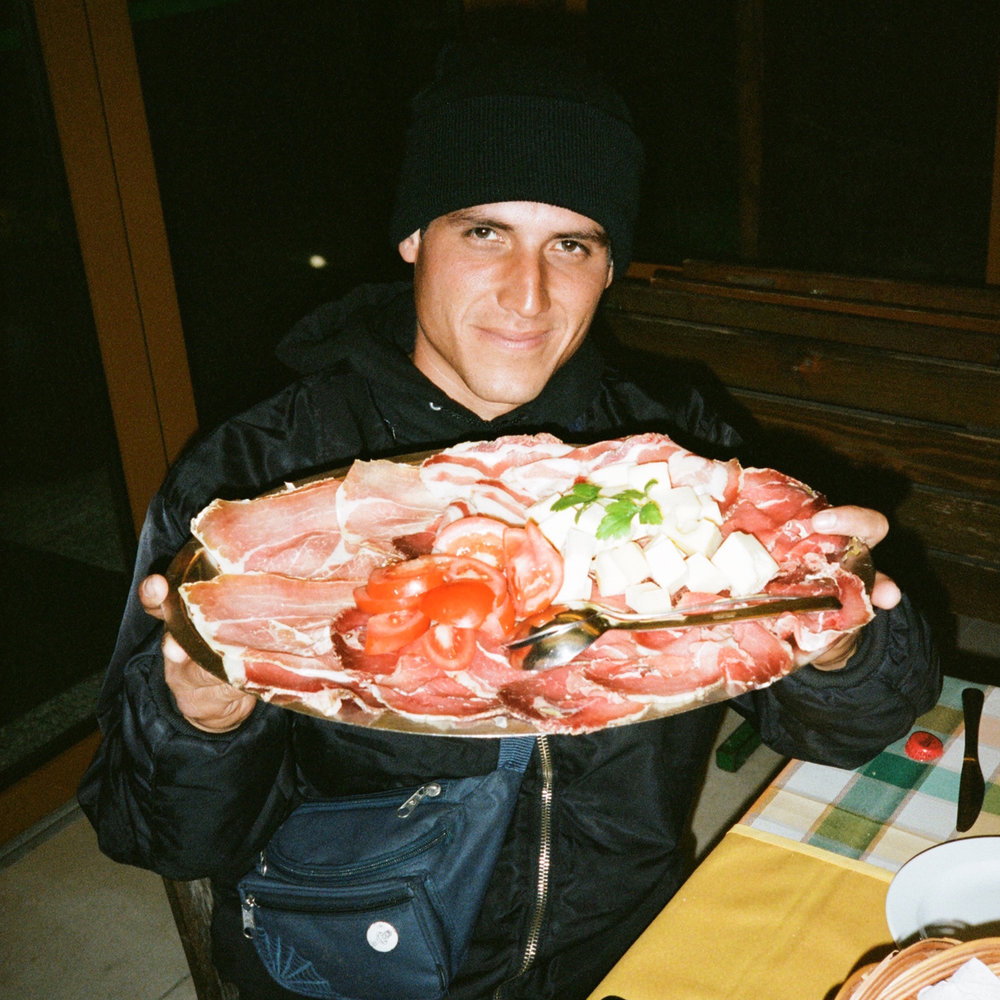
1. This photo was taken on the first day of the trip. After driving 3 hours in the dark and almost hitting a deer, we made it from Milan to our Slovenian hotel. On arrival, we were graced by a massive dinner comprised of 2 soups, pastas, and an infinite plethora of breads, along with the biggest platter of cured meat we’d ever seen. We woke up the next morning, and were served the exact same platter of meat for breakfast. Welcome to the Balkans.
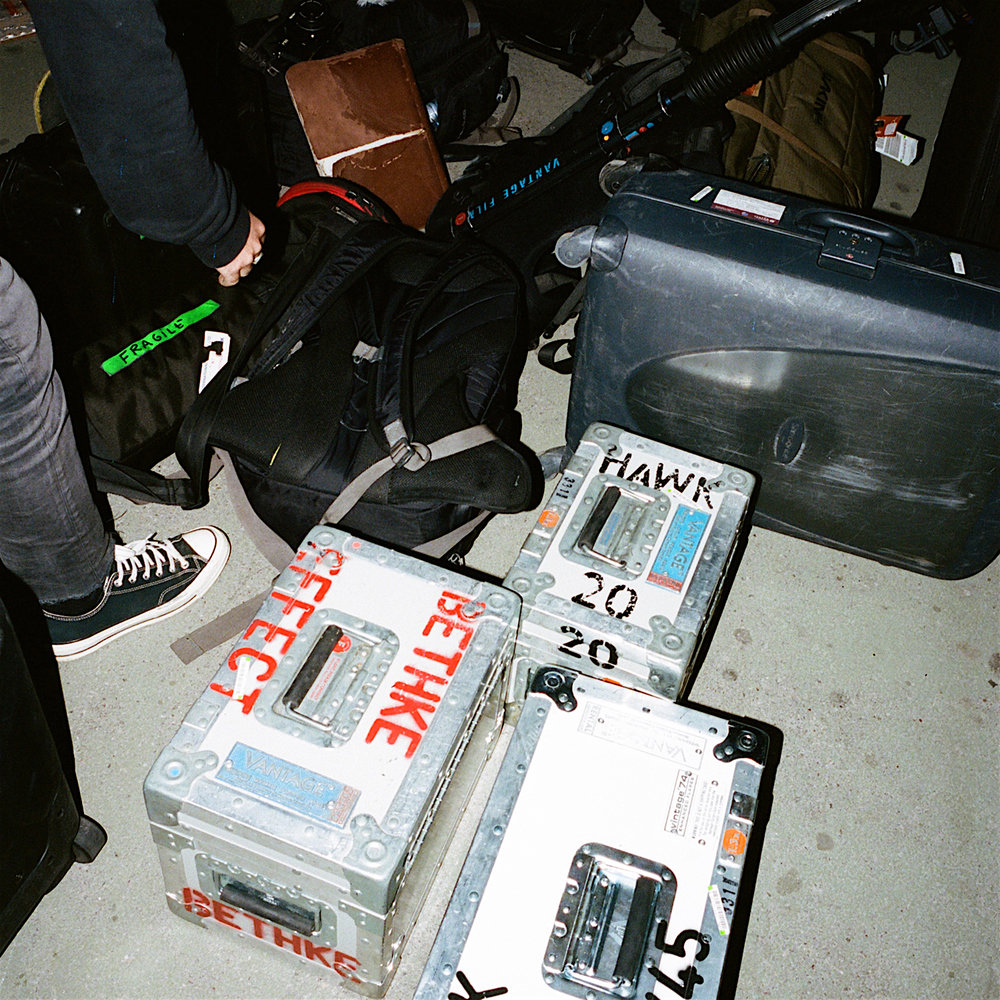
2. Packing and un-packing the van became part of our daily routine as we changed hotels almost everyday. It took us 30 minutes to do it the first time, but Doug eventually mastered it and was getting it done in no time at all by the end of the trip.
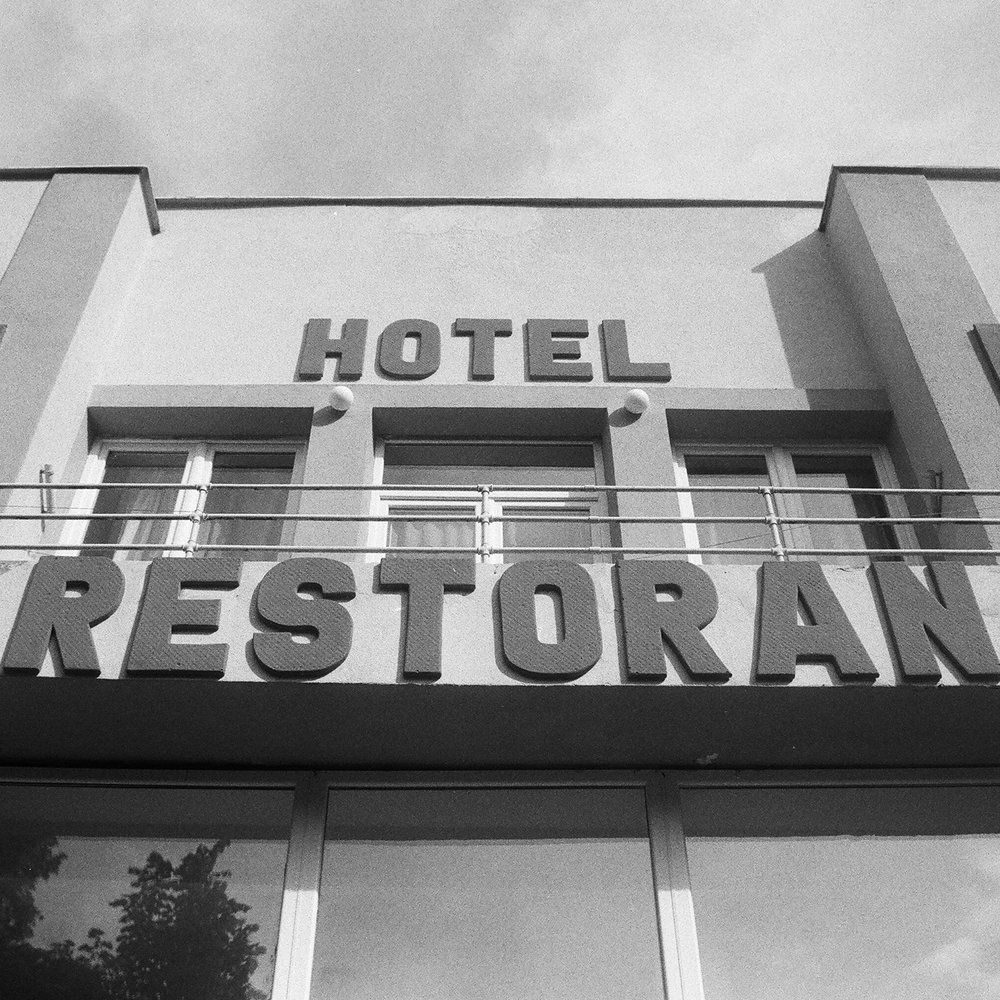
3. This was our hotel in Bosnia. The Wes Anderson lookalike building was set up in the centre of a huge valley, 3 hours away from any other city. Above it was a cave in which Tito secluded himself during the war, and around it was the most magnificent river and natural pools you can think of. At our arrival, the owner asked us with a very serious yet gentle tone: “Can I ask you a little question…why the fuck are you guys here?” We look around the tiny village in the middle of nowhere. Only 70 people live here, and the only tourists passing by come here to fish trout. A fair question. After talking to him for 15 minutes, he turned out to be a very chilled dude. He then went out the back of his house, caught a couple of trout, and after another 15 minutes, they were fried and served in our plates. Absolute lord.
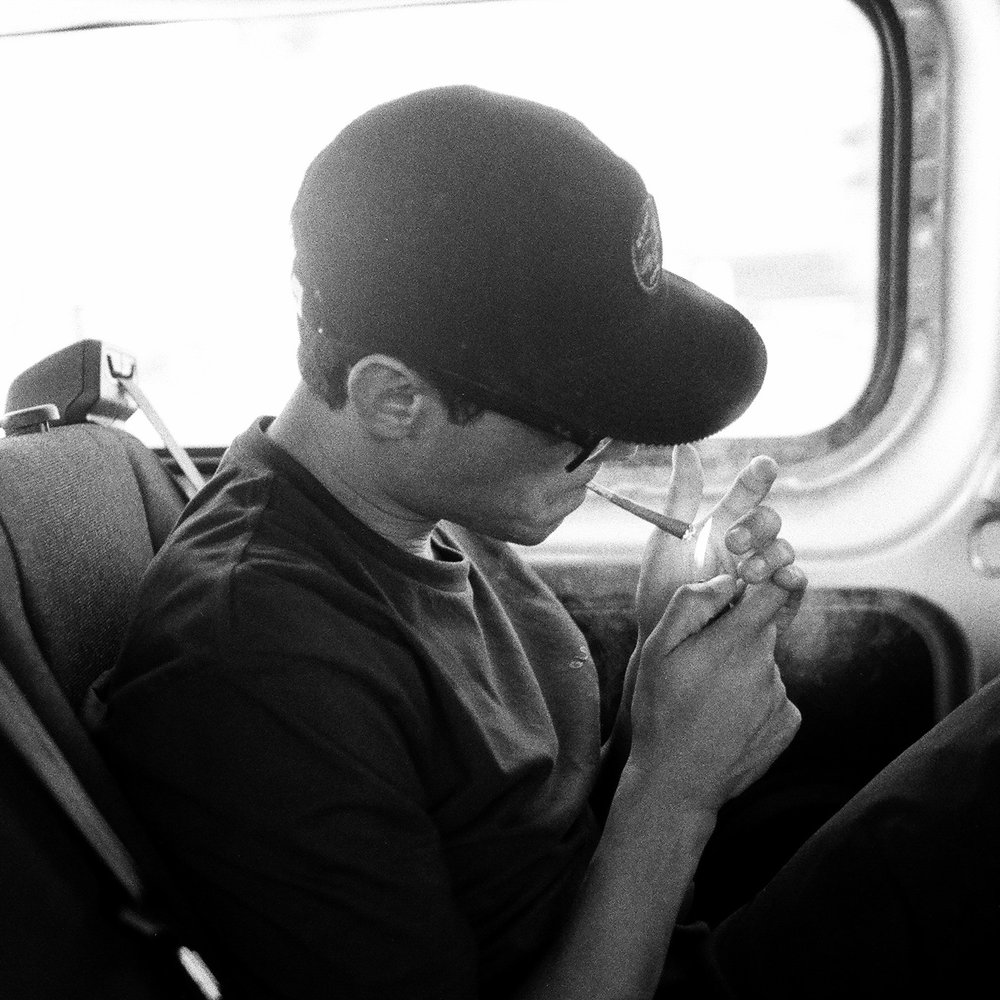
4. This exact joint got us in trouble. We connected Sammy with some friends from Milano Centrale, and 2 hours straight off the plane, he was already hooked up with Italy’s finest Italian. After finding a pristine rail out of nowhere on the second day of the trip, and landing these tricks, we hit the road and Sammy lit a huge joint at the back of the van. That was without knowing that the border to Croatia was 2km ahead. Despite throwing it out of the window, the officer – a Croatian giant you didn’t want to mess with – wasn’t fooled and recognised the smell of Milano Centrale’s A grade. Full stitch up.
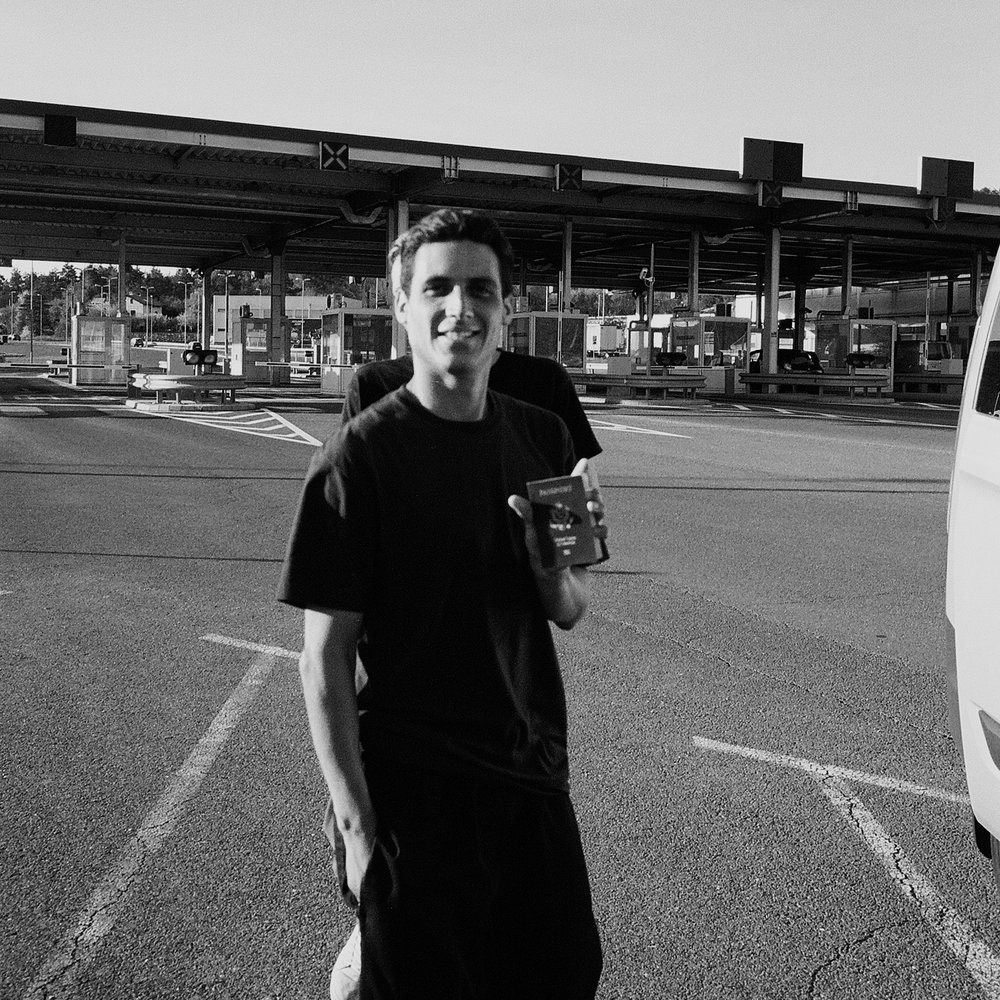
5. After giving them all we had and emptying the whole van, Sammy and Josh were taken to the police station. What followed was 3 hours waiting on the side of the road, not having a clue of what was going on. With a few well placed words and 300 Euros in a white envelope, Josh and Sammy emerged from the station as free men. From here on in, Sammy was always sweating when approaching a border.
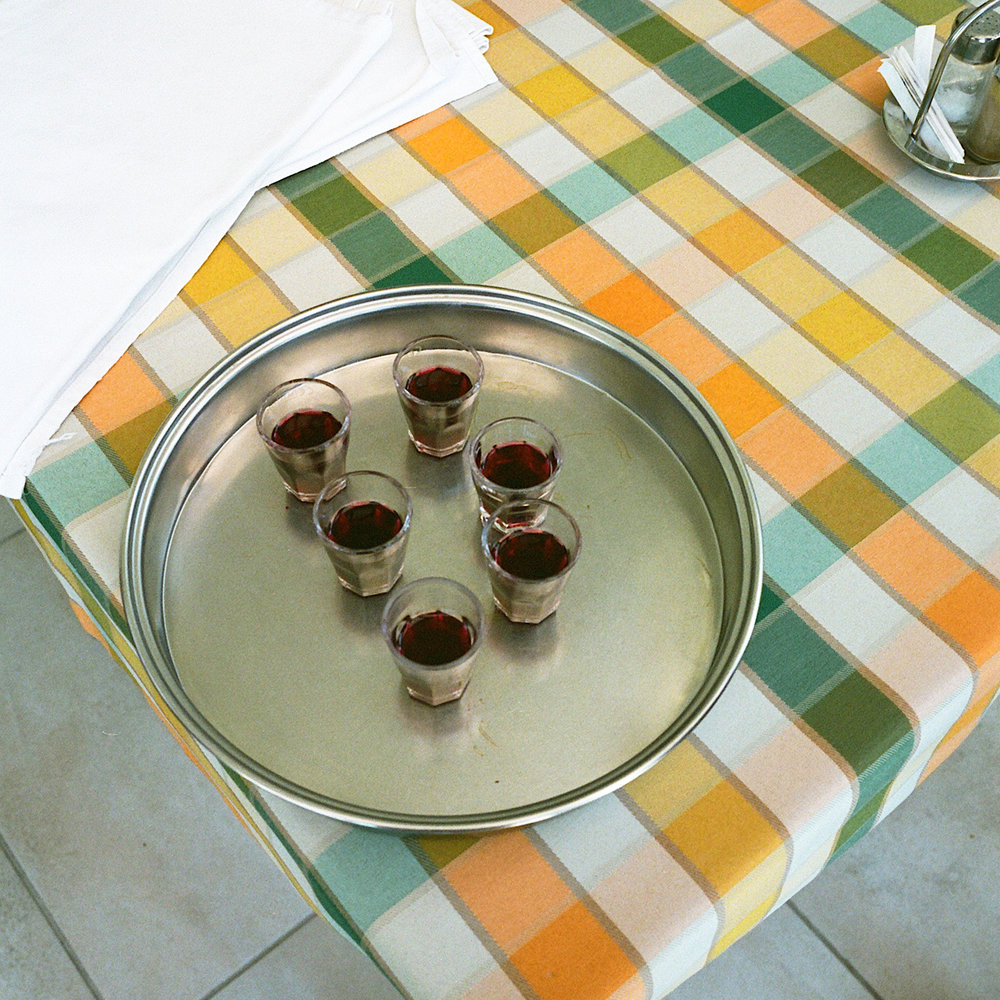
6. 9am liquor shots. This became a standard procedure every morning as hotel owners always insisted we drank with them when staying in their residences. Other gifts from hotel owners included: lavender, a brand new bottle of whisky, packs of green tea, a bottle of wine from the local vineyard and a 500-gram piece of goats cheese.
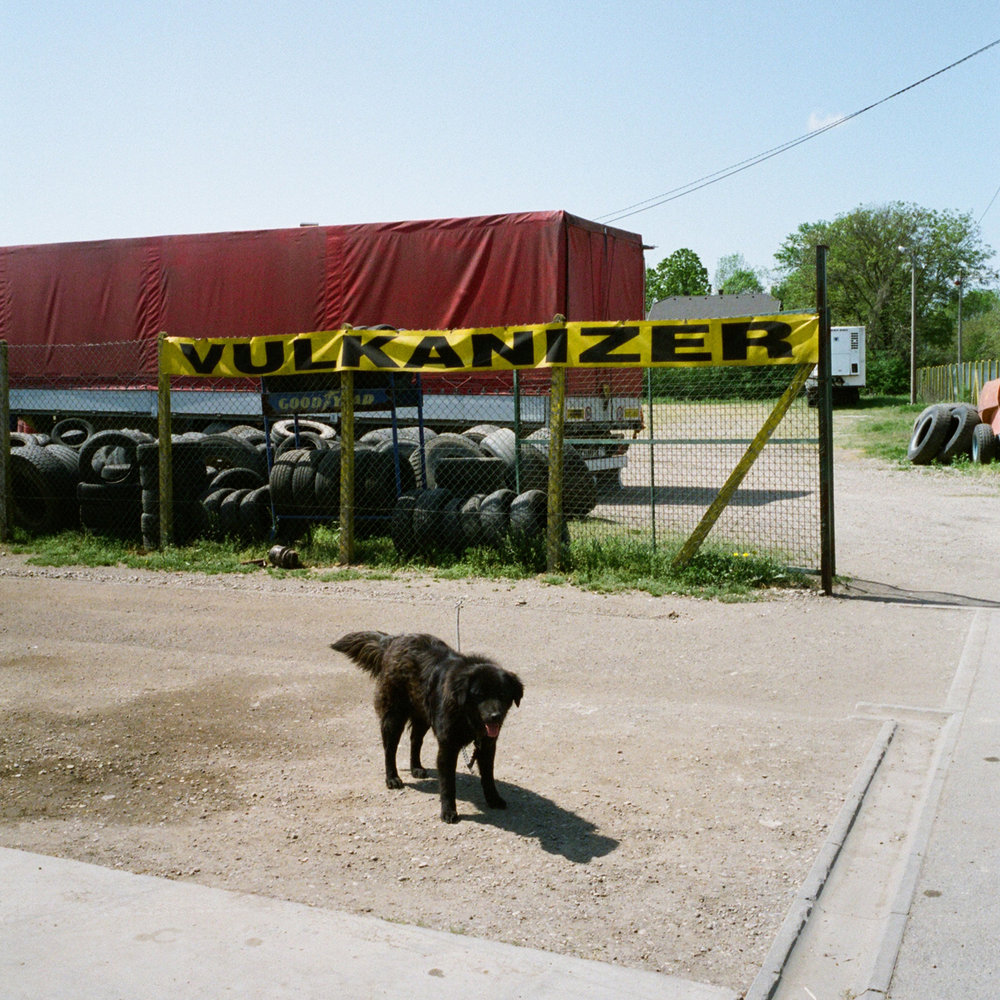
7. After somehow managing to get hold of more weed, we had the brilliant idea of hiding it behind a part of the trunk in order to cross the Bosnian border. We hid it so well that it got stuck and we had no way to get it back. 5 kilometres after crossing the border, we stopped in the first garage, where the mechanic managed to get us our precious medicine back. The mechanic’s dog was the only witness of the scene. We gave him some leftover cured meat from the first night and he agreed to keep the whole affair secret.
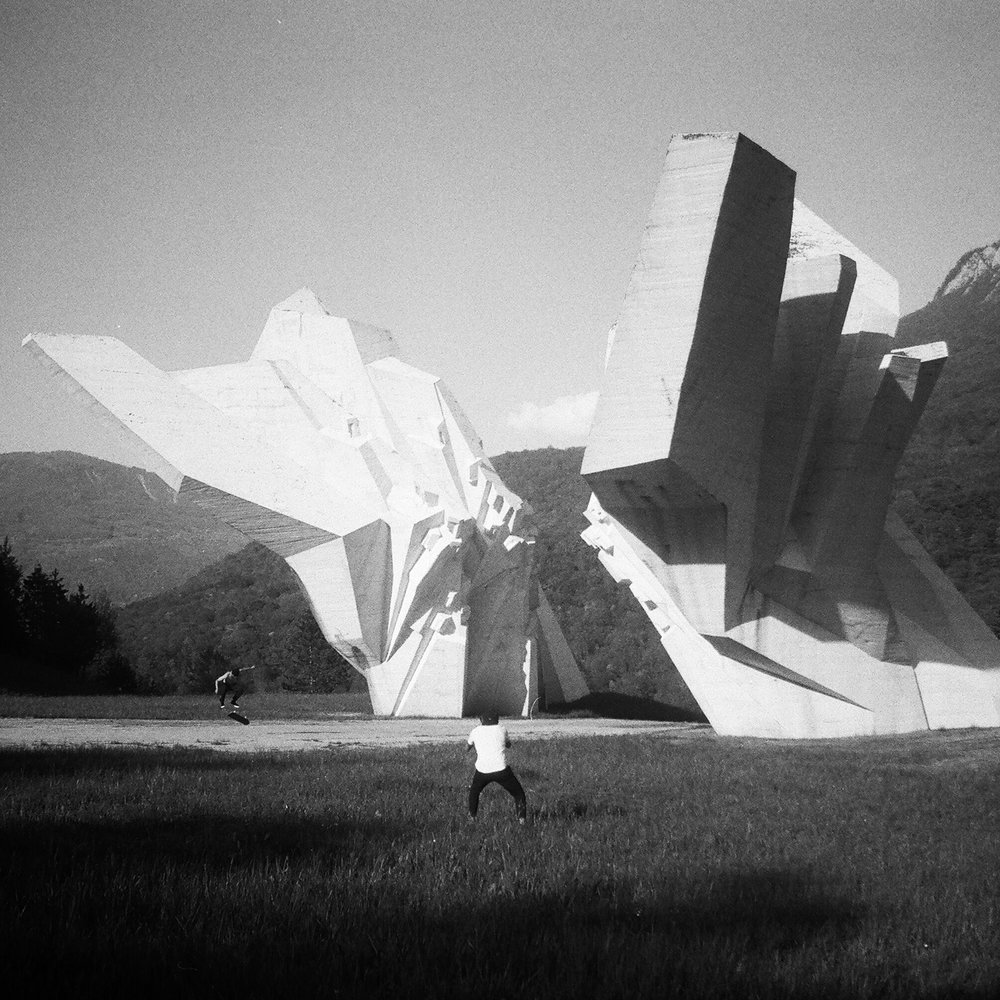
8. This exact moment was a turning point of the trip. When getting to Tjentiste, we all felt a very odd vibration. Like some kind of paranormal force was around. After shooting the double page photo of the Tjentiste monument (featured in Vol. III) Pierre’s brand new 5D mark IV wouldn’t turn on anymore. We thought it was a battery problem, but after calling the customer service, and without any other logical explanation, the verdict was clear: his camera was done and dusted. Pierre ended up borrowing Josh’s film camera to finish shooting the photo series, in what may well have been the first time someone has used a film camera to back up a digital one, and not the other way around.
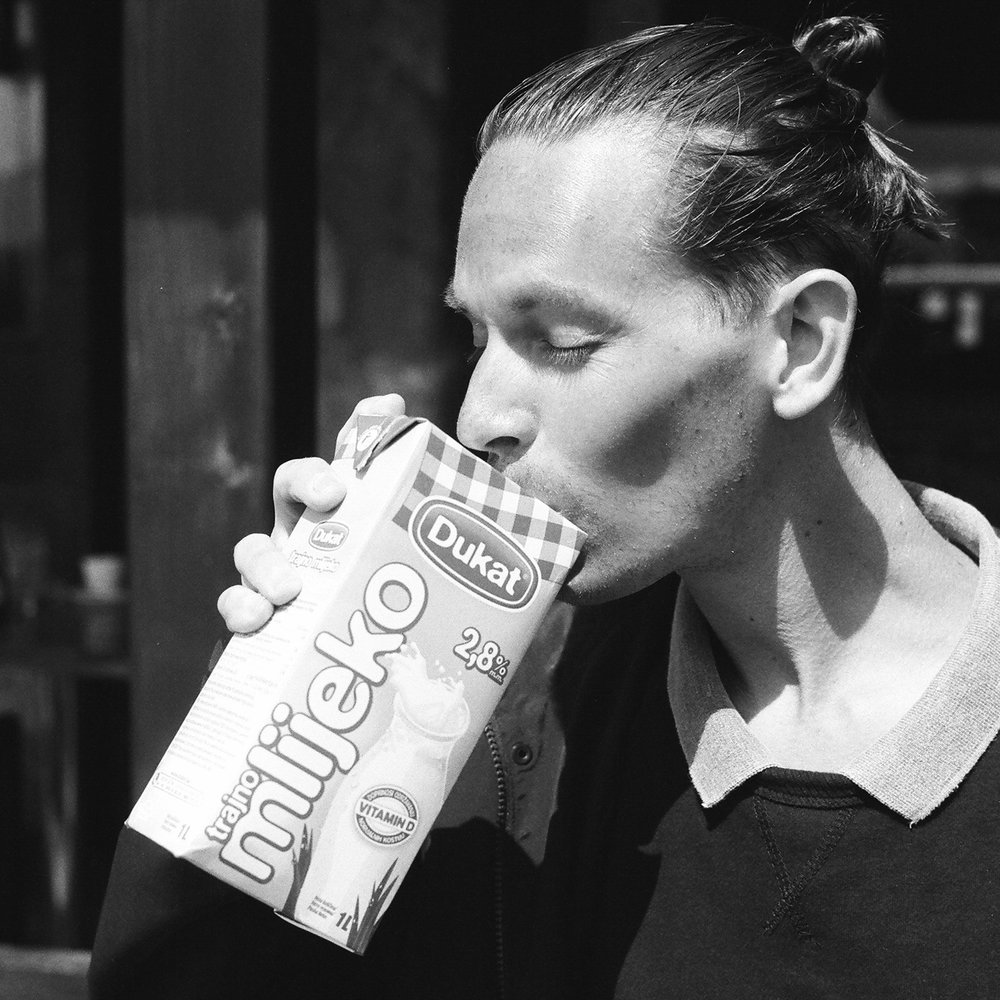
9. Anton ended up being injured for most of the trip as he landed on his elbow trying to switch Ollie a 4-block set in Sarajevo. He nevertheless carried his classic humour the rest of the trip, and never missed his daily litre of milk. Truly a unique specimen.
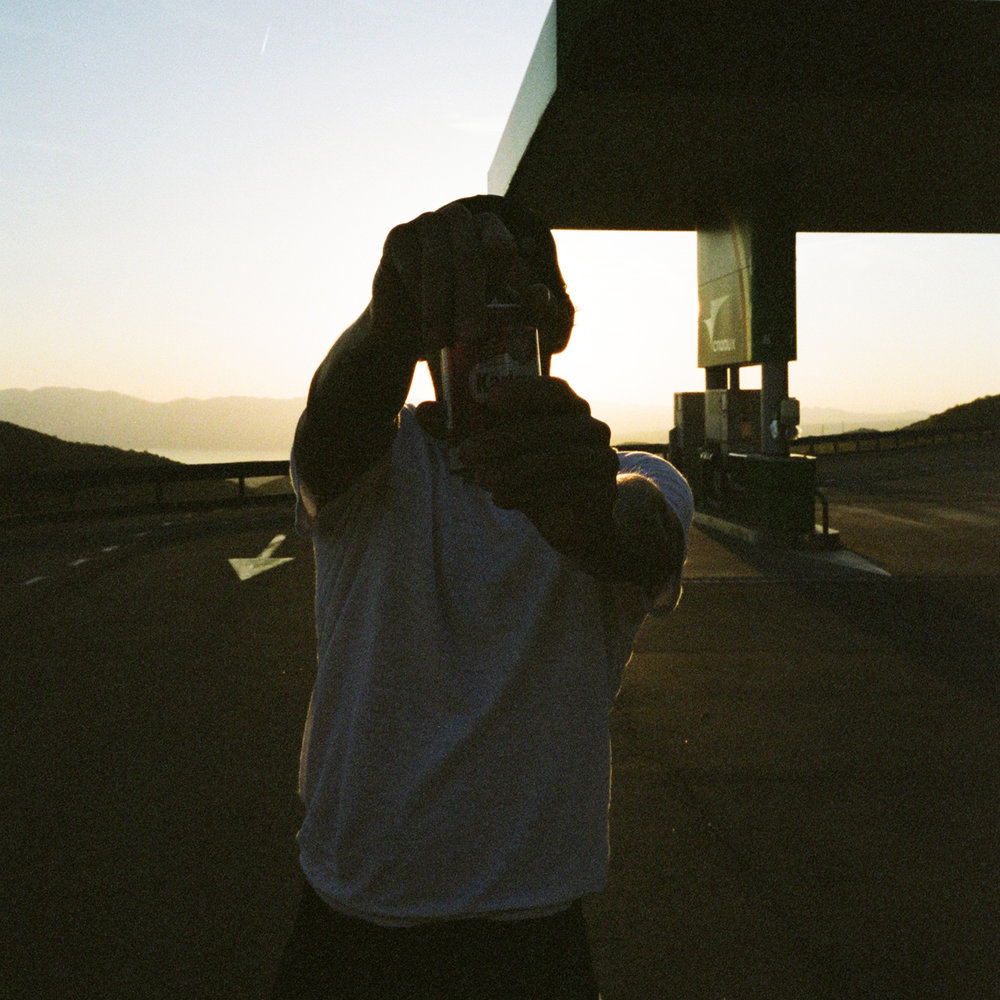
10. Being around 5 hours on the road every day involves stopping in petrol stations quite a lot. This was taken on the biggest driving day of the trip, which involved crossing 3 borders in 5 hours. Needless to say that the golden hour beer stop was mandatory.
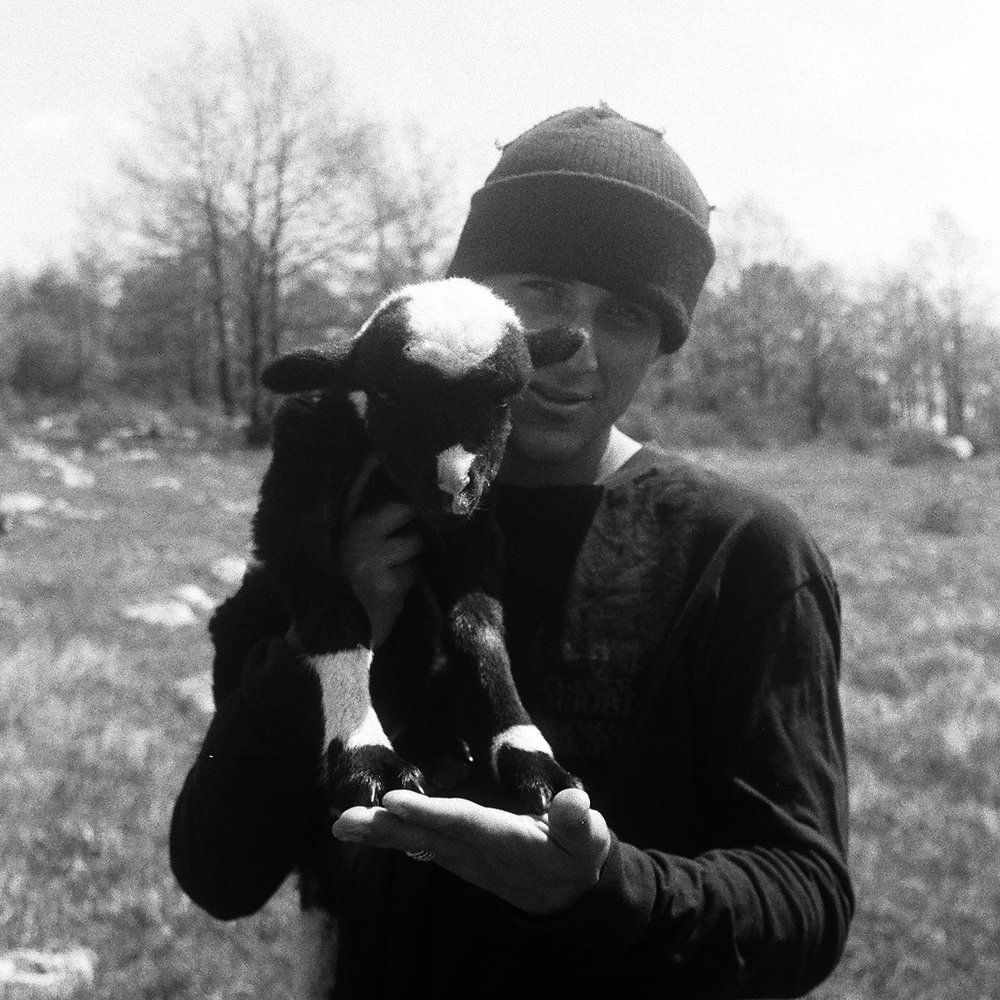
11. We didn’t cross paths with any tourists visiting the monuments. We would spend full days shooting around them, and the only souls in sight would be cows, goats and the odd farmer passing by. At our arrival at Medeno Polje, we were welcomed by this huge flock of sheep. We couldn’t get Sammy to let this baby one go. Love at first sight.
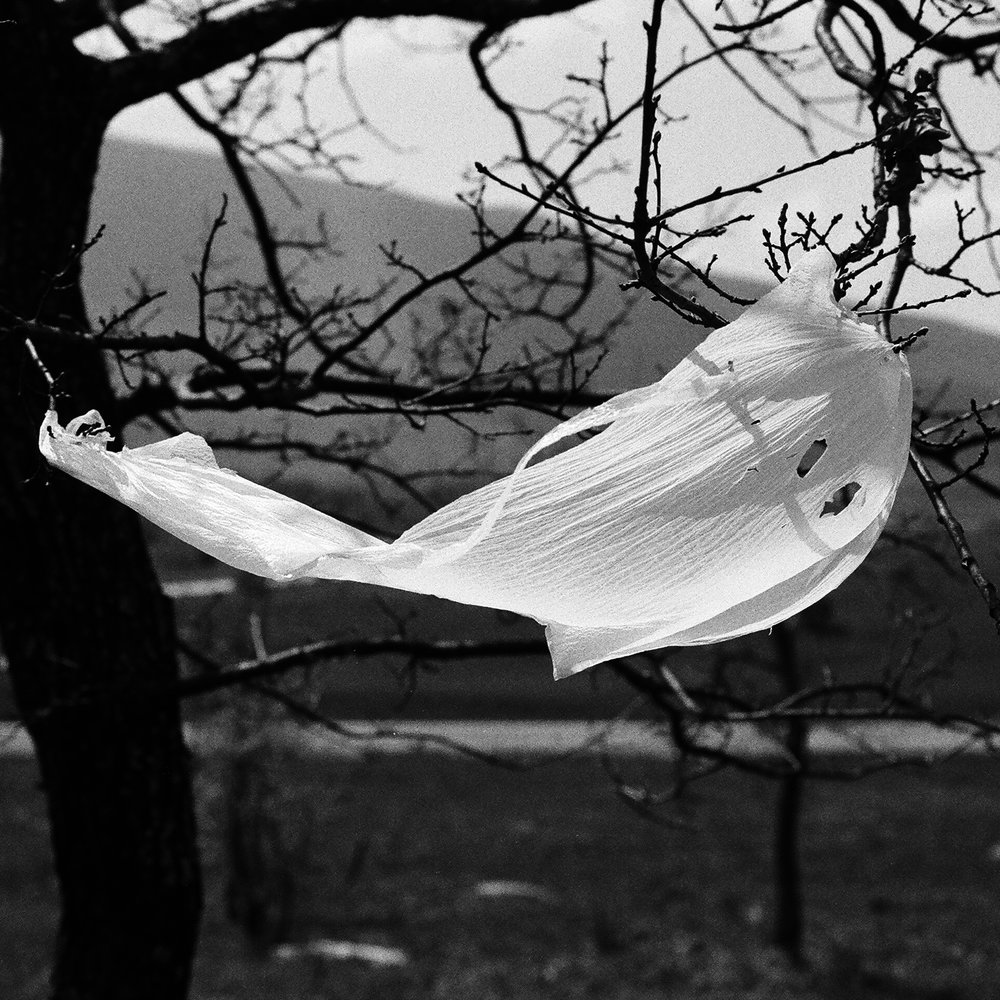
12. Just before leaving Medeno Polje (which was the last monument we visited), I had a walk around and spotted this ghost lookalike plastic bag stuck in a tree. Everything from his white colour, to his two perfectly placed eyes and the fact he was floating in the strong wind, made this one of the spookiest moments of an already very spooky trip.
Black & White photo series by Pierre David.
Words by Yentl Touboul.
Behind the scenes photos by Yentl Touboul & Josh Barrow.



